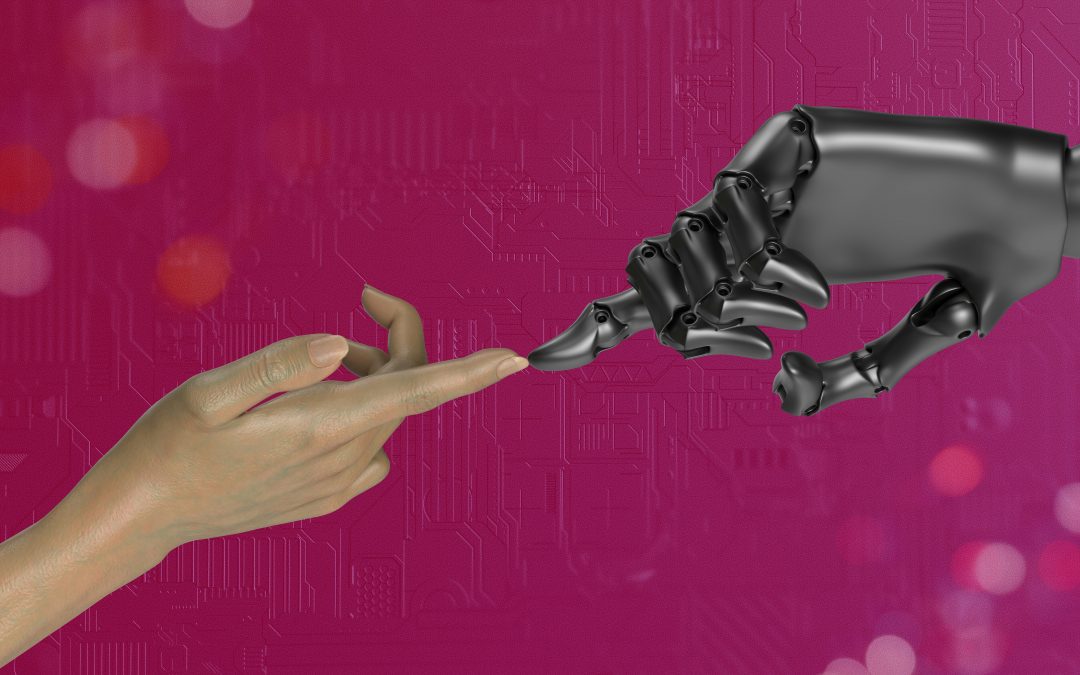Human faces are remarkable. All of us have individual characteristics that allow us to be recognised. Expressions to help us communicate and understand each other, and to help understand how what we’re saying is received. We have an incredible functional ability to read these faces and interpret them incredibly quickly.
Facial recognition software in use today
Technology is catching up with the human eye. Facial recognition is now being used within technology for a range of purposes. I read recently that in America, facial recognition is used to track attendance at church. It can be used to track attendance at lots of events, providing photos are pre-uploaded into a system. The same technology is used at football matches in the UK to track recognised offenders.
The process of using pre-uploaded photos is interesting from a privacy and consent perspective. Russian firm FindFace claimed in 2016 that they could recognise people from their profile photo on social networks with 70% reliability.
Facial recognition is also entering the average person’s life more readily than most realise. A significant example of its use is the new iPhone X, which uses facial recognition to unlock the phone. Great – unless you have a twin.
What are Google up to?
I spoke at SearchLeeds about Artificial Intelligence and Google Photos ability to categorise photos, e.g. mountains, beach, etc. You can also apply a label to someone and search using that label to show more pictures and videos of the same person.
There have been reports that Google have been updating their Google Photo app to potentially allow users to share their facial recognition data for automatic photo tagging. Facebook are using their Moments app to advance facial recognition efforts, allowing for a similar tagging mechanic.
Currently, Google and Facebook are limited in their use of facial recognition data for advertising purposes. This is most likely down to acceptance of the technology, as well as privacy and data protection laws which vary between countries.
Other advances
GumGum is a facial recognition firm that can serve targeted advertising against relevant pictures. The technology will, for example, recognise the photo of a celebrity and allow an ad to be served on the same page. The recognition has no need for accompanying text and content to verify the image.
The BBC’s advertising division has partnered with CrowdEmotion to understand how brands can use content marketing to engage with consumers. The BBC plan to use ‘facial coding’ to understand the impact of content on individuals, and include it in reporting for premium customers.
There are prominent advances in the outdoor advertising space, with providers such as Clear Channel who can anonymously use facial recognition to understand a person’s gender or even mood, and attempt to tailor the outdoor advert as a result.
The future and potential implications of GDPR
So, what does the future of facial recognition look like? It’s evident that the technology is in existence now and is being used in advertising across isolated examples. There are clear opportunities; customer loyalty programs, offers to certain types of customers outside stores, and better tailored ads.
The main challenge will be the sensitivity of biometric data. The EU GDPR (General Data Protection Regulation) treats biometric data as extra sensitive, alongside health and religion. Absolute, explicit opt-in by users for exactly how it is used would be required as minimum. This kind of regulation, in my view, will prevent wide spread individual personalisation of advertising based on facial recognition.
It’s more likely that anonymised facial recognition based on emotion, gender, and age will inform different iterations of ads in the short term. The counting of faces, rather than recognition. Loyalty schemes may also be an obvious start point, as they may be able to gain explicit consent to leverage the technology to provide certain offers to customers.
It’s certainly no time to panic and assume wide spread adoption of individual recognition, but absolutely a space to watch with interest in the coming years. We’ll be tracking progress here at Branded3 and will continue to share our thoughts as the industry progresses. We’d be interested to know your thoughts on the subject as well, so please get in touch!









